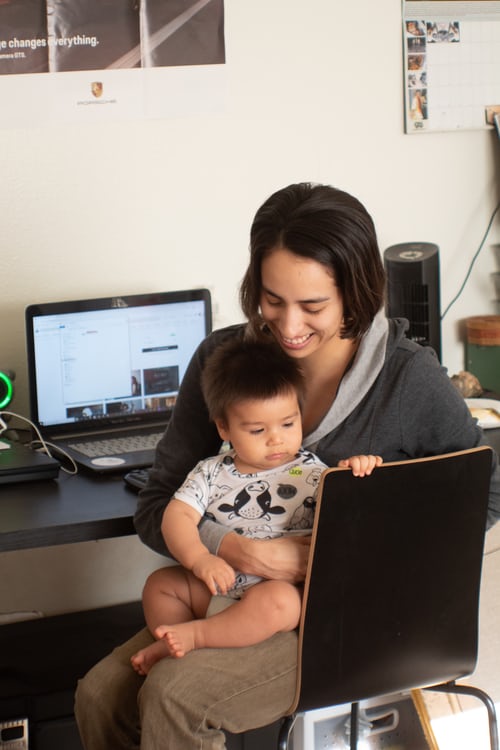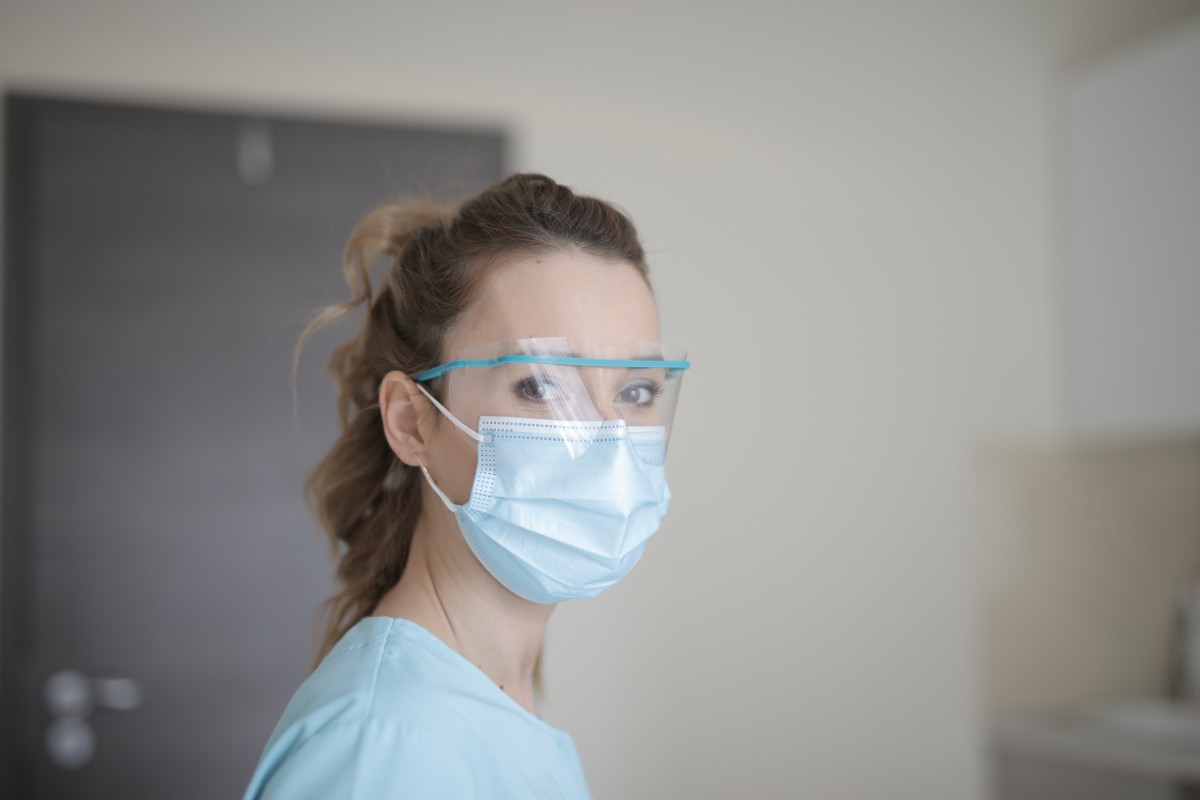Can Managers Make Staff Get a Covid-19 Vaccine?
Over half a million people living in Northern Ireland, have had their first dose of a Covid-19 vaccine. And we are now one year on from the start of the Covid-19 pandemic.
In order to protect your staff and your business, it’s important to look at Covid-19 vaccines in the workplace.
One London company, has already hit the headlines on this issue. Pimlico Plumbers, announced that opportunities would be declined to workers, unless they could show proof of vaccination for Covid-19. If your staff deal with the public, should you consider a similar approach?
Here, Consult HR outlines the legal and ethical issues employers face by making a Covid-19 vaccine mandatory.
Covid-19 Vaccine Refusal & Unfair Dismissal
If an employee refuses to get a Covid-19 vaccine required for ongoing work, they could lodge a claim for unfair dismissal. Your employees may encounter the public, customers or colleagues in their work. If so, an unreasonable refusal will generally be defined in two ways. This could be an issue of conduct/capability, or “some other substantial reason for dismissal.”
With every dismissal, managers should ensure they follow a fair process, in line with Labour Relations Agency Code of Practice and your own internal Company Policies. Firstly, you need to look at the reasons why they are refusing the vaccine. Do they have a genuine health concern? If so, you might want to explore alternatives to dismissal, such as redeployment.
It would help managers if employees received reliable and accurate information on the benefits and risks of vaccines. The Public Health Agency would be an excellent source to use. If safety at work issues outweigh your employee’s vaccine concern, you may be able to successfully defend a dismissal.
However, every claim has its particulars and a lot depends on the circumstances. A nurse refusing a Covid-19 vaccination, and a gardener, for example, could have wildly different outcomes at tribunal. Nurses must interact with vulnerable people daily. A gardener, however, may encounter no other people in the course of their daily duties.
Covid-19 Vaccine & Working from Home Requests
Whilst the current guidance continues to be if you can work from home you should do so and those who are in the extremely vulnerable category should also work from home.
Managers do not universally have to grant employee requests to work from home, because of exposure risks to Covid-19 (with the exception of the above). Again, as a manager you should fairly assess the wishes of the employee and the needs of the company.
All your staff may be called to return to the workplace. So, a tribunal may find that it is reasonable to require that all staff receive a Covid-19 vaccine. This also applies for staff interacting with the wider public, in the course of their duties. If someone refusing a Covid-19 vaccine places other people’s health at risk, this is a strong defence for an employer.
The Right to Freedom of the Individual and Beliefs
Tribunal claims indicate that the remit of “religious or other belief” under Equal Opportunities, is wide and open-ended. Human rights principles, such as personal choice, liberty, privacy of medical records and bodily autonomy, could arise in such claims.
Rights must be weighed up against the best interests of all who are affected. An employee’s beliefs are protected, but only if an employer’s actions are deemed disproportionate to the needs of the business.
As these issues have yet to be tested in tribunals, however. So, employers should be careful and cautious in how they handle staff refusals to receive a Covid-19 vaccine. An in-depth consideration of the employee’s position, and the needs of a business, is essential.
Consult HR Help for Tribunal Issues
Going to tribunal is a complex, and stressful process. The best option is to seek professional guidance. Consult HR provides guidance on employment matters to avoid possible tribunal claims.
For bespoke guidance, contact Julie Pollock on 07858089006 or email julie@consulthr.co.uk
Visit our website here: www.consulthr.co.uk


















